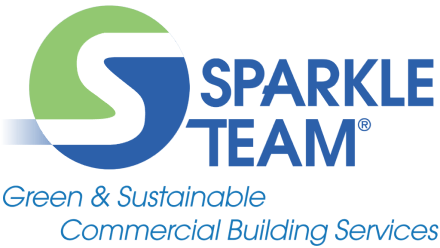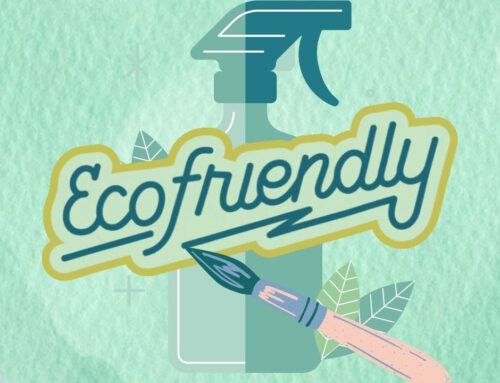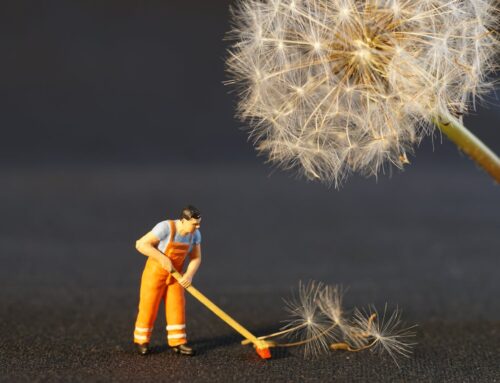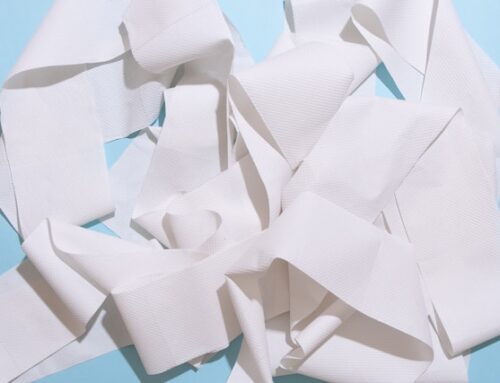Behind The Green Labels You Trust
Exploring the science and expertise behind third-party certifications
Navigating through the sea of new brands labeled “all-natural” and “non-toxic” can feel overwhelming. This is why third party green certifications prove invaluable. Easily recognized by their cheerful green logos, these organizations assess and approve products following industry-recognized scientific standards. They provide peace of mind to both families searching for safe supplies and businesses managing green initiatives.
But have you ever wondered what these logos marking the gold standard in environmental safety and sustainability really represent? And why many products may include more that one certification? We peel back the label and explore both the history and scientific rigor behind the four top third-party certifications.
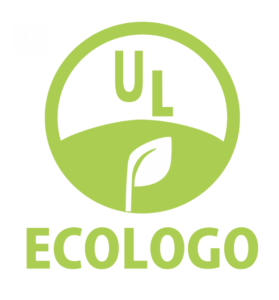 EcoLogo
EcoLogo
Focus: Broad range of products
Best for: Products with reduced impact on the environment
Originally created in 1988 by the Canadian government, EcoLogo is North America’s oldest eco-certification organization. Formerly known as “Environmental Choice,” the program was acquired in 2010 by UL (Underwriters Laboratories) — an independent global safety science company that has written the standard for safe living and working environments since 1894.
Buoyed by over a century’s worth of expertise, EcoLogo publishes environmental guidelines and evaluates products based on their scientific criteria. EcoLogo certifies a broad category of consumer and commercial items. They include building materials, cleaning products, office supplies and even children’s toys. Their current database features over 100,000 approved products.
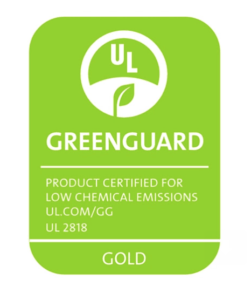 GREENGUARD
GREENGUARD
Focus: Broad range of products
Best for: Products with minimal VOCs emissions
When it comes to indoor air safety, both newborn parents and LEED green buildings know to look for the GREENGUARD logo. The organization tests products for levels of volatile organic compounds (VOCs), which are harmful chemicals released from common building materials, furniture, cleaning supplies and even personal care items. They investigate and certify products with the lowest VOCs emissions. Their GREENGUARD GOLD certification requires even stricter emission minimums for school and healthcare facilities.
Dr. Marilyn Black first founded the organization in 2000, driven by her work studying the effects of pollution, from lead exposure in children to Agent Orange poisoning in Vietnam War veterans. Dr. Black also became one of the first scientists to identify the sources of “sick building syndrome,” and develop a toxicity measurement system to identify high VOC levels in products. She also developed the first commercially available screening test for indoor air pollutants.
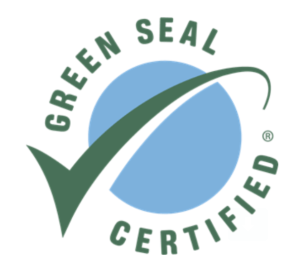 Green Seal
Green Seal
Focus: Cleaning and maintenance supplies
Best for: Green cleaning products, paper products and paints
Founded in 1989 as America’s first environmental certification program, Green Seal emerged following a decade of pivotal environmental crises — from the Love Canal toxic waste disaster to Times Beach evacuation due to chemical contamination. Amid these growing environmental concerns and rising number of false green marketing, Green Seal focused on validating products’ environmental claims for consumers. Denis Hayes — an environmental advocate and organizer of the very first Earth Day — served as the first Chair and CEO.
Today, Green Seal remains an independent nonprofit. A team of scientists conduct assessments following internationally recognized eco-labeling guidelines. The organization certifies a variety of cleaning and facility care products, including cleaning supplies, sanitary paper, and paints.
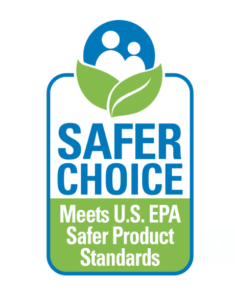 Safer Choice
Safer Choice
Focus: Broad range of products
Best for: Products with non-toxic chemical formulations and reduced impact on the environment
Since 1970, the United States Environmental Protection Agency (EPA) has set and enforced national pollution-control standards, dramatically improving the nation’s air and waterways. The federal agency expanded their scope to green products in the early 1990s by launching the Design for the Environment (DfE) Program, now known as Safer Choice. The program established higher pollution prevention criteria for manufacturers, which companies can voluntarily submit for review. These standards specifically address the risk factors of chemical ingredients. This includes levels of carcinogenicity, reproductive/developmental toxicity, toxicity to aquatic life, and environmental harm.
Eco Labels + Green Cleaning
These top eco-certification labels provide an essential foundation for the commercial green cleaning industry, ensuring products are backed by the latest in science and sustainability.
These certified guarantees form the backbone of our services at SparkleTeam. We only use cleaning products and disinfectants certified by these four major eco-labels. We also employ cleaning tools that reduce excessive waste and overexposure to harmful chemicals, from our microfiber cloths and mops to our HEPA-filtered vacuums. This is all part of our commitment to fostering safe and healthy facilities for our clients.
